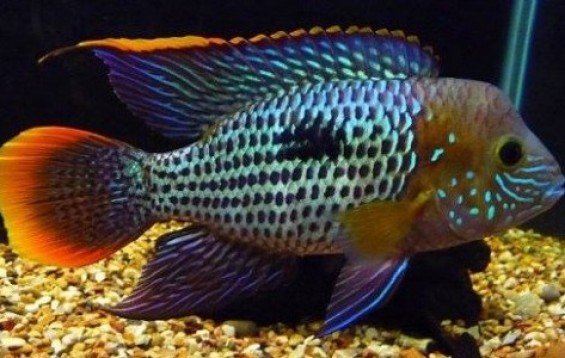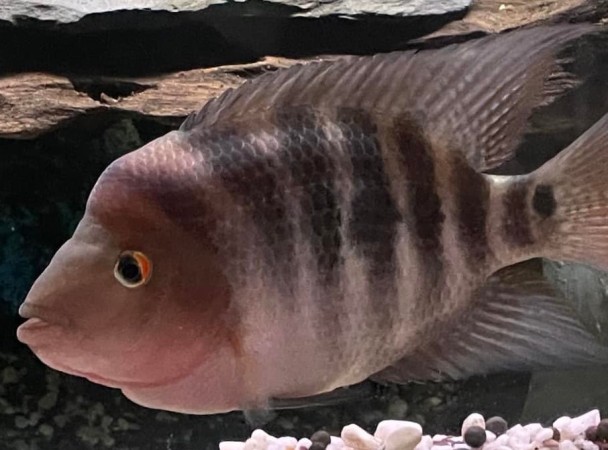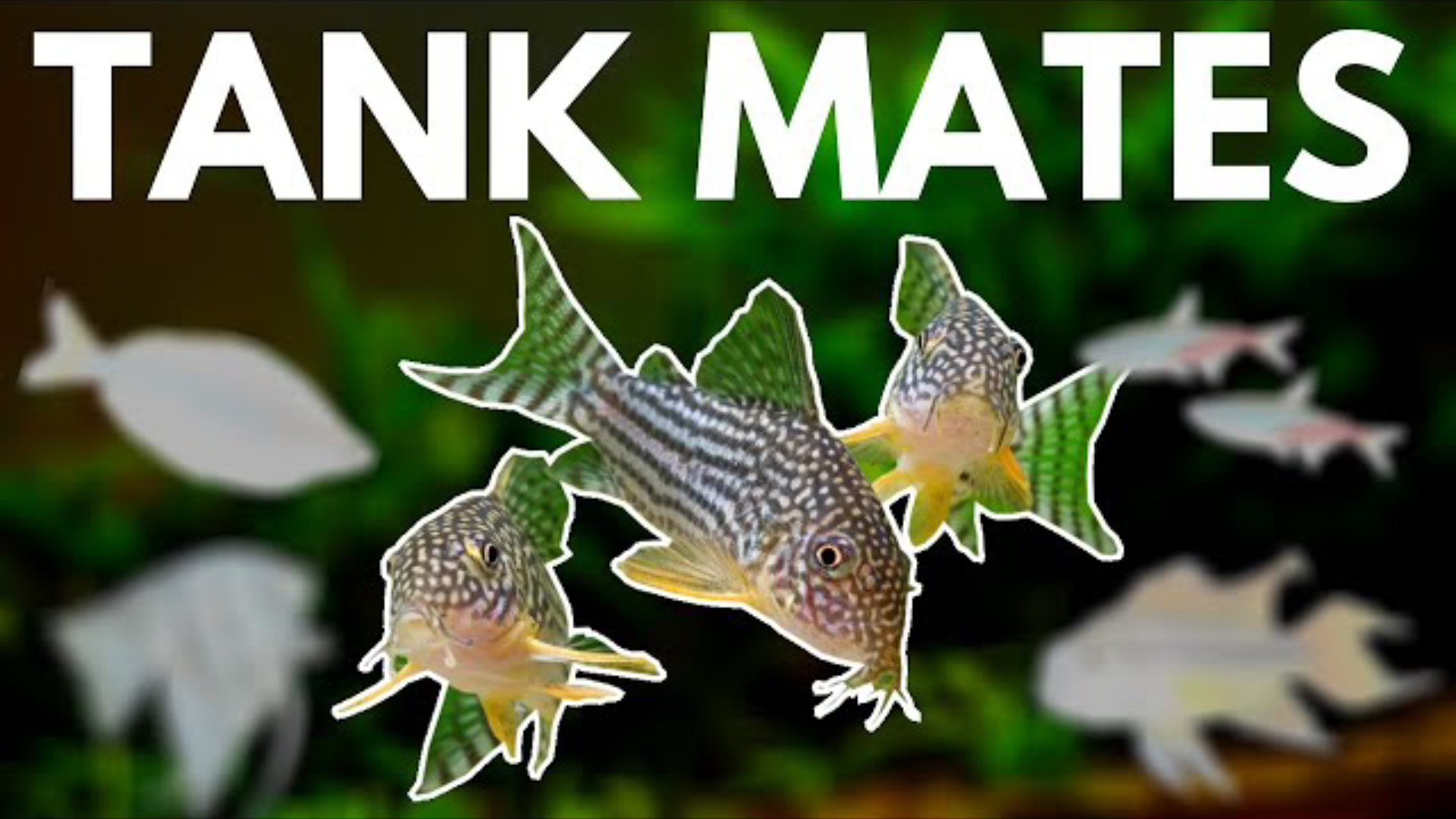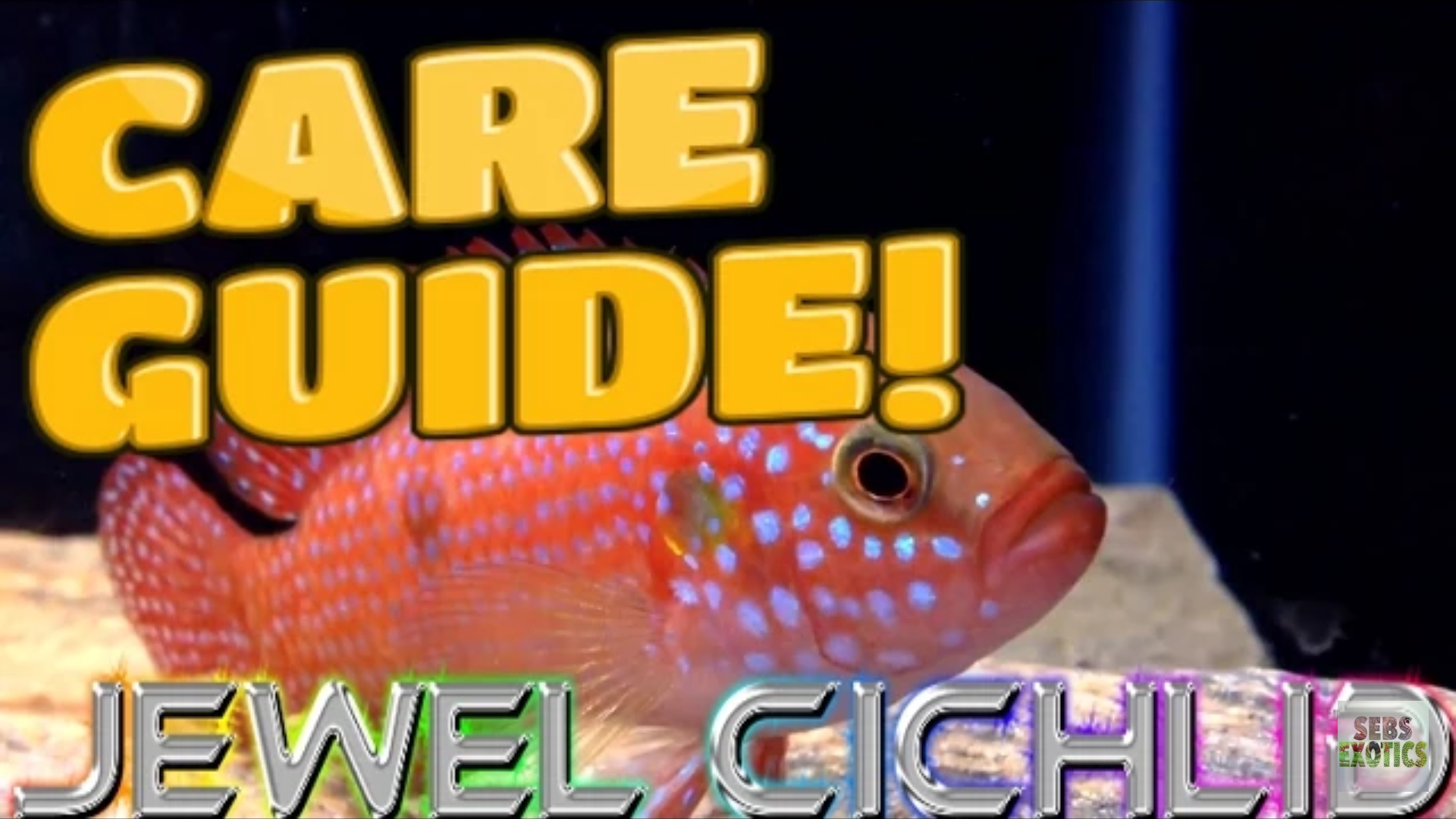- Name:
Green Terror
(View AKA's) - Family: Cichlidae
- Species: New World Cichlids
- Scientific Name: Aequidens rivulatus


General info about Green Terror
These fish are green and blue with colorful tints that can be purple, red or electric blue. Males also have red edgings on the anal fin and developa big hump on their head. They can reach up to 12 inches. To keep these fish in captivity, water pH should be between 6.5 and 8.0 and water temperature should range from 70°F to 80°F.The tank should have a sandy substrate, floating plats, driftwood and flat rocks. This species is quite aggressive and so it shouldn’t be kept in community aquariums. They should either be kept singly in an at least 55 gallon tank or as a pair in an at least 75 gallon tank.
Green Terror Diet & Nutrition
This species is omnivorous. It can be fed with flakes or pellets and its diet should be supplemented with vegetables and live food.
Determining Sex of Green Terror
Males are larger and develop a hump when they mature.
Breeding & Spawning Green Terror
To breed this species in captivity, it is best to get a group of 6 or 8 and allow it pair off naturally, once a pair is formed the rest of the group should be removed. The breeding thank should have water temperature of about 75°F and water pH between 6.5 and 7.0. The female will lay her eggs on a flat rock or on a piece of wood and the male will then fertilize them, then both will guard the eggs. The eggs take 3 to 4 days to hatch and become free swimming after 6 to 8 days.
Green Terror Origin
This species is endemic to South America. It inhabits coastal waters, streams and rivers.
Acclimating Green Terror
The water in which these fish are packaged is different from the water in the tank, since these fish are extremely sensitive to water conditions the acclimation process is very important. This process should never be rushed. Aquarium lights should be off for at least the first 4 hours of the fish in the new tank and it should not be fed in the first 24h. There are two acclimation methods: Floating Method and the Drip Method.
Floating method - the aquarium lights should be off and lights in the room should be dim, the bag in which the fish is should be placed in the surface of the water to float for about 15 minutes, this allows the water in the bag to adjust to the water in the tank. The bag should then be cut under the knot and the top edge of the bag should be rolled down one inch, then ¼ cup of the aquarium water should be added to the bag, this step should be repeated every 4 minutes until the bag is full, then half the water of the bag should be discarded and the bag should be put to float again and ¼ cup of the aquarium water should be added to the bag every 4 minutes until the bag is full. Afterwards, the Discus can be moved into the aquarium.
Drip method – the aquarium lights should be off and lights in the room should be dim, the bag in which the fish is should be placed in the surface of the water to float for about 15 minutes, this allows the water in the bag to adjust to the water in the tank. The bag contents should be poured into a 1 gallon bucket that has never been cleaned with any chemicals, the fish should be enterally submerged. A siphon, using airline tubing, should be set up and a drip line should run from the main aquarium to the bucket. Several loose knots should be tied in the airline tubing to regulate flow. Sucking the end of the airline tube that goes to the bucket will begin a siphon, the flow should be regulated to 2 to 4 drips per second. Once the water in the buckets doubles, half should be discarded and the process should be repeated until it doubles again. Afterwards, the fish can be moved to the aquarium.
Original Detail
| Name | Species | Family | Scientific Name | More Detail | Added by |
|---|---|---|---|---|---|
| Green Terror | New World Cichlids | Cichlidae | Aequidens rivulatus | These fish are green and blue with colorful tints that can be purple, red or electric blue. Males also have red edgings on the anal fin and developa big hump on their head. They can reach up to 12 inches. To keep these fish in captivity, water pH should be between 6.5 and 8.0 and water temperature should range from 70°F to 80°F.The tank should have a sandy substrate, floating plats, driftwood and flat rocks. This species is quite aggressive and so it shouldn’t be kept in community aquariums. They should either be kept singly in an at least 55 gallon tank or as a pair in an at least 75 gallon tank. |
PalaciosAn |






